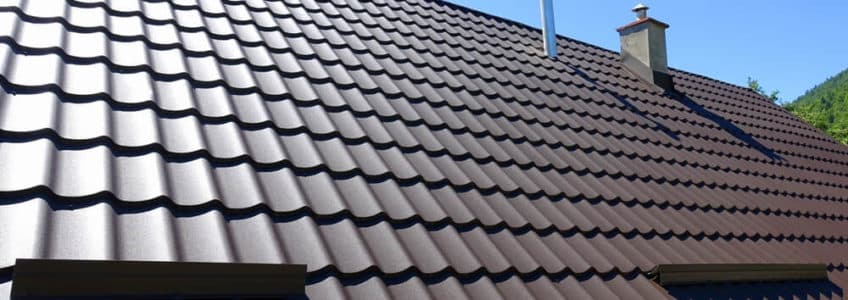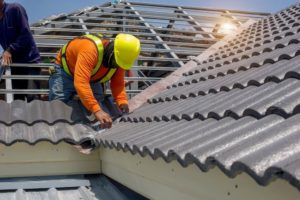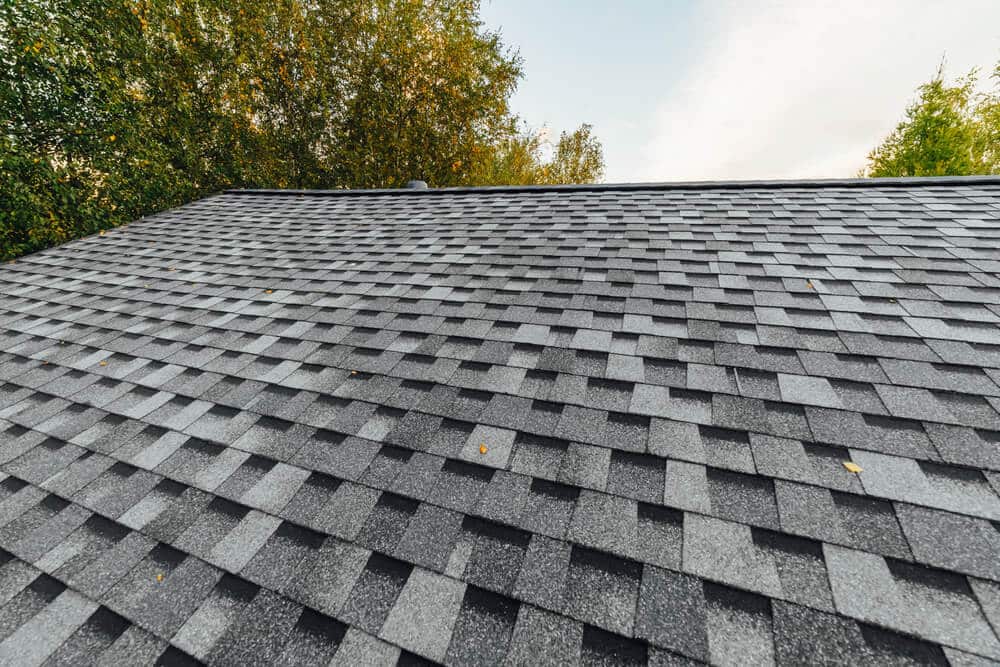
Roofs have a longer lifespan, but they can’t last forever. They will age over time, and some factors can accelerate that process. But, if you live in the right climate with a roof made from quality materials and proper installation, it may last 30 years or more before needing replacement.
Keep reading to find out how long your roof is likely to last.
Factors That Impact a Roof’s Lifespan
In most cases, you should anticipate your roof to have an average lifespan of around 30 years. However, the actual longevity of your roof is highly contingent on several factors.
Climate
Exposure to sunlight and other weather conditions are among the variables that might shorten your roof’s lifespan. Because severe temperature fluctuations and intense storms in some locations have the potential to damage roofs, it is essential to use roofing materials that are resistant to wear and tear whenever possible.
Damage to roofs might result from the regular hot-to-cold and cold-to-hot weather shifts that occur during the spring and summer. Wind, hailstorms, and thunderstorms will bring even more significant damage to your roof, including the loss of protecting granules and accumulation of moisture, which contributes to mildew and leakage.
Material Types
Every type of roofing material has a unique degree of durability, which can determine how long the roof can withstand certain environmental conditions.
Quality of Materials
Low-quality roofing materials can save money in the short term, but they’ll require regular replacement than costly ones. So, if you want your roof to last long, it is preferable to use high-quality materials instead of cheap ones.
Color of Materials
Your roof’s lifespan is often directly proportional to the color of the shingles. If you live in a hot climate, it’s best to stick to light colors because dark ones will heat up more quickly. Overly hot shingles accelerate roof deterioration and hamper airflow.
Quality of Installation Work
Your roof’s lifespan may diminish due to shoddy work. Finding the appropriate roofing contractor is as easy as reading reviews and looking for recommendations.
Furthermore, verifying their certifications, liabilities, and insurance plans would be best. You can achieve long-term home protection by choosing a competent specialist who works with premium supplies.
Various Roof Types and Their Lifespan

Slate Tiles
Slate tiles are long-lasting and have an average lifespan of over 50 to 100 years. Homes in the Midwest would benefit significantly from these materials as they have a higher resistance to temperatures, snowfall, hailstorms, and dampness.
Due to their high cost, only a select few contractors can lay a slate tiles roof. Thus, you should consult a building inspector before undertaking such a project.
Asphalt Shingles Roof
Asphalt shingles are the most popular roofing material in the United States due to their durability, affordability, and up to 25-year guarantees.
Asphalt shingles can protect your roof from snowfall, storms, and ultraviolet rays. Depending on the local climate and maintenance, the roof can have a lifespan of fifteen to thirty years. Ensure that your asphalt roof has a minimum slope of 2:12.
Composite Roof Shingles
Although they’re more affordable than slate, they’re pricier for material with lower wear and tear resistance.
Composite shingles can shield you from fire, high temperatures, and hailstorms. These shingles come in a rainbow of colors and have an average lifespan of between 40 to 50 years.
3-Tab Shingles
They have an average lifespan of 15 to 20 years. Besides being the least expensive type of asphalt shingles, 3-tab shingles have the shortest lifespan attributable to their:
- Flimsy construction
- Poor wind resistance
Clay or Concrete Tile Roof
Concrete roofs can endure any climatic conditions and have a lifespan of over 50 years. However, heavy materials like clay and concrete are expensive to purchase and install. Thus, extra bracing and support are usually necessary. The minimum slope for a clay tile roof should be 4/12 pitch.
Architectural Shingles
They’re dimensional shingles and have a lifespan of 30 to 50 years. Architectural shingles come in different types, each with a unique price tag, but all are built with stronger materials. They’re also available in multiple colors, giving you numerous alternatives to help customize your roof’s impression.
Wood Shakes and Shingles
Wood shakes are built with spruce, pine, or sawn cedar and have a 30-year lifespan. Although they’re a good choice, wood shakes require regular maintenance because they’re more vulnerable to storm damage, termites, mold, and fire.
As a result, wood shakes are preferable for low-slope projects.
Metal Roof
Metal roofs have a lifespan of between 40 to 50 years, depending on the thickness of the metal you intend to buy. If you purchase a thicker and hard-wearing metal, it may protect you for up to 50 years.
Metal roofs are becoming attractive, but they can be costly to install. However, the investment is worthwhile since they’re much more durable than asphalt. Your contractor should install a metal roof on the slopes of 3:12.
Tips for Making a Roof Last Longer
Below are several tips to keep your roof in good condition for longer.
Regular Inspections
If you want to prolong your roof’s lifespan, you should constantly inspect it thoroughly for any signs of deterioration. Seasonal roof inspections are essential because seasonal changes require varying degrees of roof maintenance.
Clean the Gutters
If you don’t want to deal with leaking gutters, you’ll need to clean them regularly. Obstructed drains can damage your house’s siding paintwork and result in wet basements.
Water can also destroy the roof’s framing if it soaks through the shingles. Such damages might require expensive repairs. Cleaning the downspouts in the spring is the easiest method to avoid the problem.
Reduce the load on your downspouts and prevent damage to your roof by removing tree branches that hang low and could potentially fall on your house.
Have a Good Insulation
Freeze-thaw cycles cause roof leakages. Therefore, it’s essential to have good insulation in the attic and anywhere the roof planes intersect. When the uppermost snow coat on the roof melts, it begins to trickle down.
The heat from recessed lights in a sloping roof may melt the snow and ice underneath without adequate insulation. The resulting moisture may permeate via the nail holes and gradually damage the roof’s sheathing.
Adequate Ventilation
Your roof’s lifespan would significantly increase from adequate ventilation. Roof materials are less prone to cracking if the temperature is kept relatively constant and mitigates the dangers of freezing and overheating.
There is a high chance that poor ventilation on your roof will cause damages that might be costly to fix. Thus, it’s vital to look for any indicators of inadequate ventilation.
Make Your Roof Last Longer

At Advantage Construction, we provide comprehensive roof inspections. Contact us today if you’re considering getting a roof replacement with a longer lifespan.
